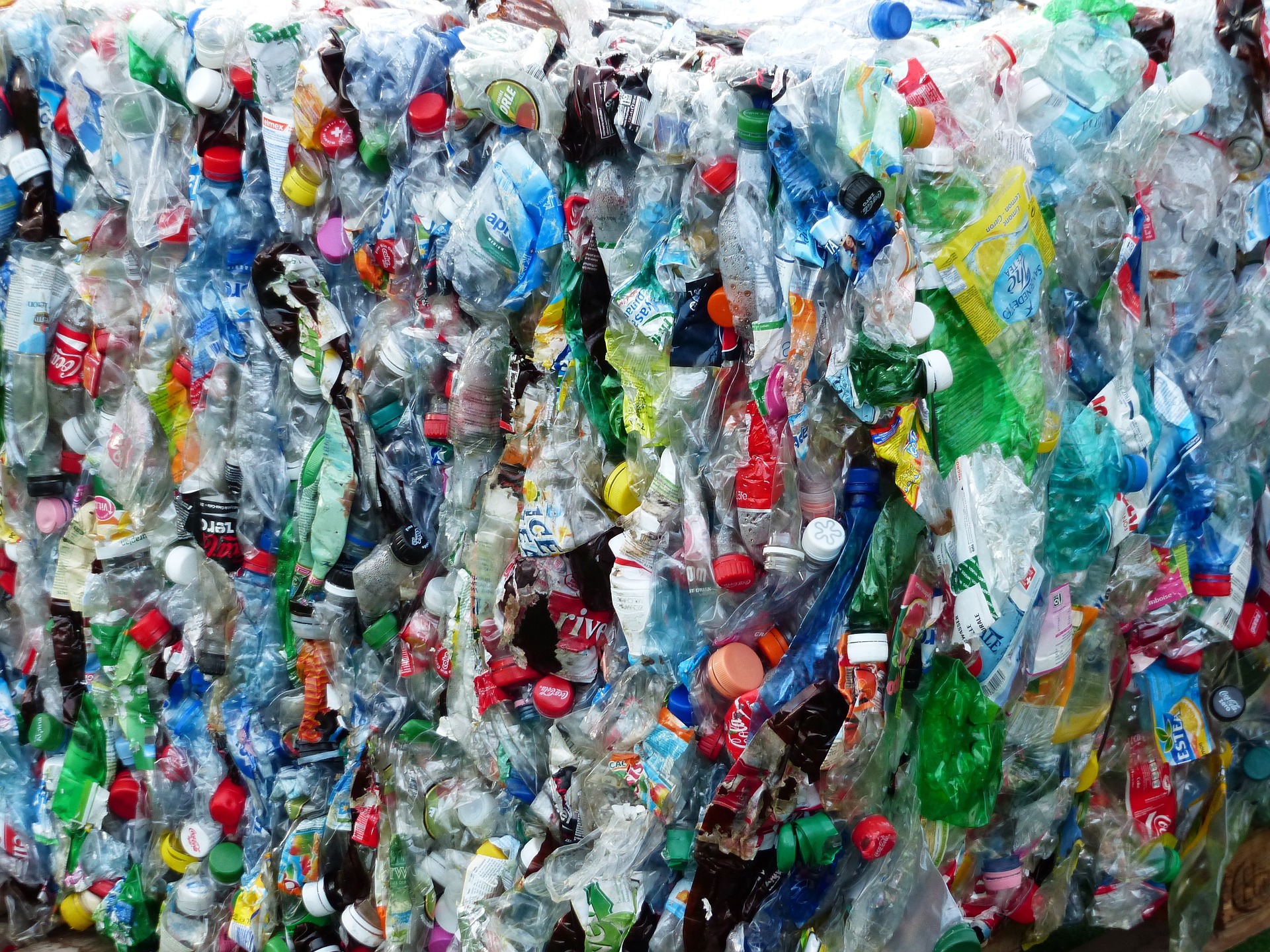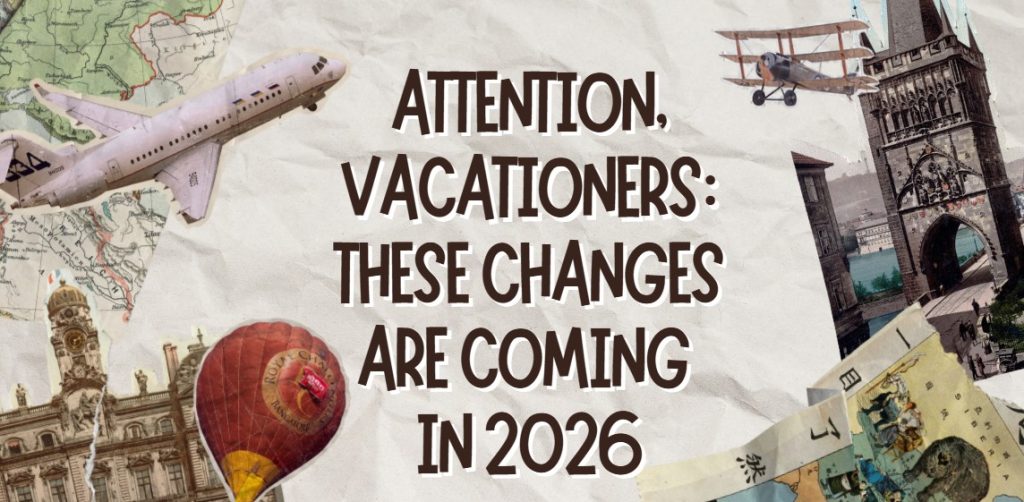Producing a one-liter plastic bottle takes about a quarter of a liter of petroleum. With around 480 billion plastic bottles produced worldwide yearly, you can calculate the amount of oil that must be used – and that’s just as raw material.
If you add the energy required for oil extraction, processing, and production, the sums involved are enormous and result in corresponding greenhouse gas emissions. Recycling can save some of these emissions. Besides climate protection, recycling is also positive for the environment and health.
Only 9 percent worldwide
Currently, only 9 percent of plastic waste is recycled worldwide. Meanwhile, more and more plastic is being produced. According to an OECD study, the total amount of plastic waste produced by humanity was about 353 million tons in 2019. By 2060, the amount produced annually will grow to one billion tons if the trend continues. Politicians are aware of the trend. A global UN agreement to curb plastic waste is being drafted and should be ready in 2024.
Europe is leading the way in collecting as much plastic as possible and generating the highest-quality recycled materials, which are brought into product cycles, explains Brigitte Karigl of the Federal Environment Agency. “The goal is not to recycle just for the sake of recycling. Recycling should generate high-quality secondary raw materials that can replace raw materials in production.”
PET is very suitable
However, there are many different plastics, and not all are equally well suited for recycling. PET bottles are a prime example. Polyethylene terephthalate, which the abbreviation stands for, is comparatively easy to recycle. It is the only plastic that may be brought back into contact with food even after recycling. “Other plastics used to package food can only be used in the technical sector after recycling. In the food sector, there are high requirements, such as degrees of purity,” explains Thomas Mayer of the waste disposal company Brantner.
Old PET bottles, on the other hand, can be turned into new ones. In the EU, certain admixture quotas are also prescribed. From 2025, PET bottles must contain at least 25 percent recycled plastic, and from 2030, 30 percent. Plastic bottles can therefore be easily recycled. However, only about 40 percent of the plastics collected in Austria in yellow bags or garbage cans can be recycled. The rest is thermally recycled, i.e., incinerated, for example, for district heating or industrial processes. This also generates CO2 emissions.
New processes on the rise
However, there are constant improvements in recycling processes. According to Mayer, recycling 20 to 40 percent more plastic waste in just a few years should be possible. Currently, mechanical methods are still the most common. This involves shredding plastic, turning it into granules, and melting it for plastic production. But if plastic variants cannot be separated by type, such processes reach their limits.
There are also solvent-based processes and chemical recycling, explain Silvia Apprich and Manuel Pfitzner from the Department of Packaging and Resource Management at FH Campus Wien. “In this process, substances are rebuilt at the molecular level,” says Apprich. OMV, for example, is working on the technology. It wants to turn old plastic back into crude oil using the “ReOil” process.
Reusable is best
However, all experts agree that there is no 100 percent recycling. At the moment, plastic cannot go through endless cycles. The quality of the material decreases with each recycling cycle. In this respect, reusable products and collection systems for them are the best solutions, says Pfitzner.
Internationally, there are still significant challenges in dealing with plastic waste, the experts agree. Industrialized countries generate the most plastic waste per capita. They also have the necessary money and infrastructure to expand collection systems, develop energy-efficient recycling technologies and alternatives to plastic, and design products and their packaging so they can be recycled as effectively as possible.
This post has already been read 5081 times!



